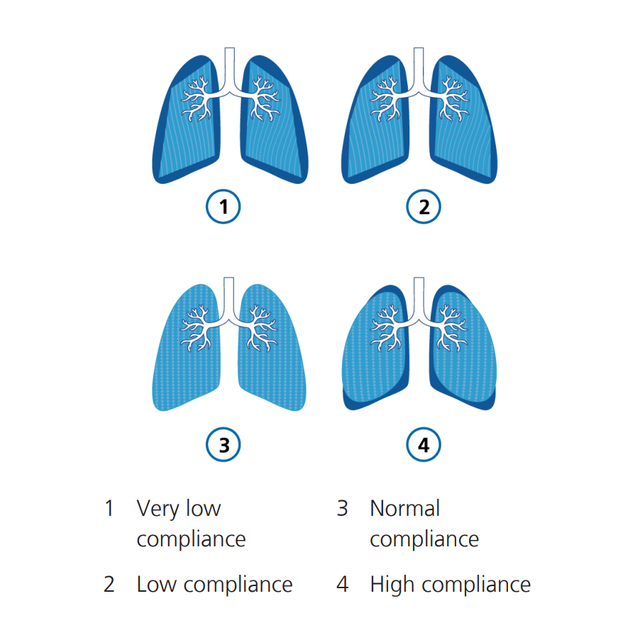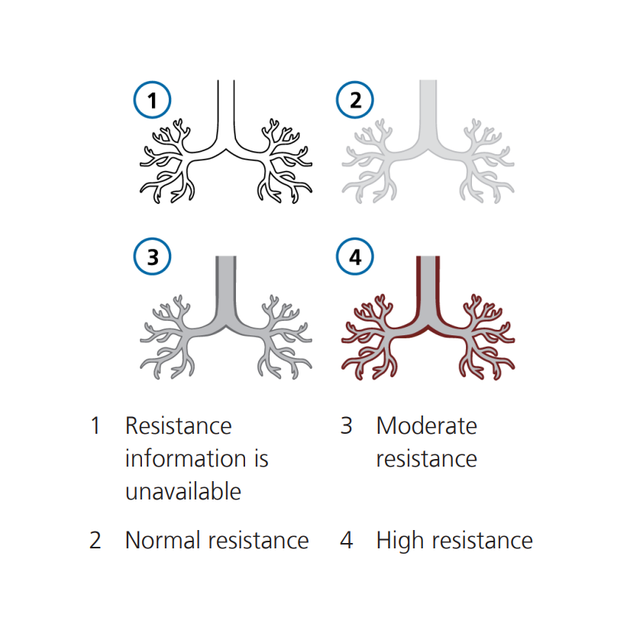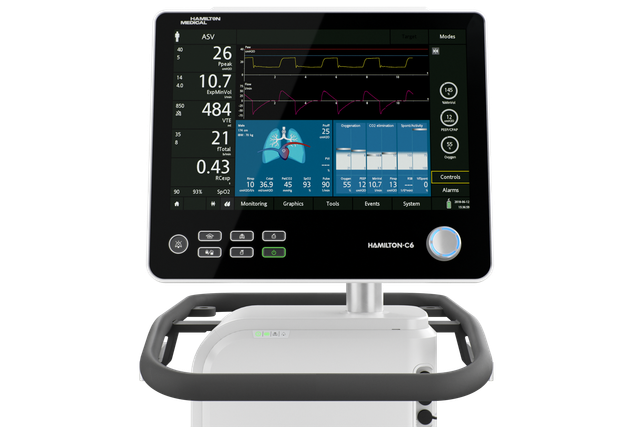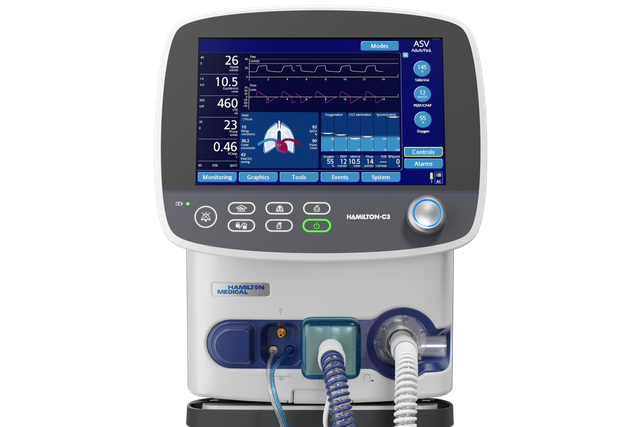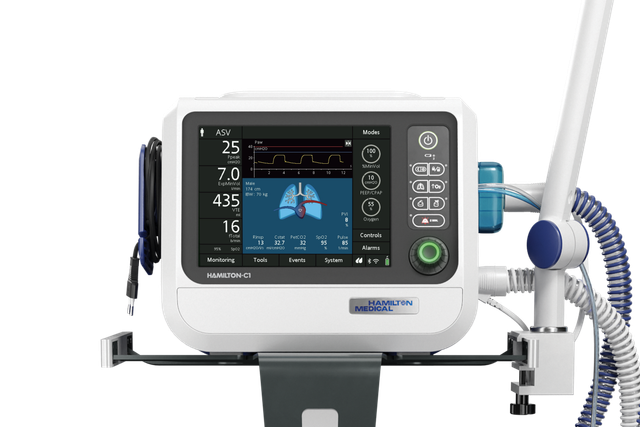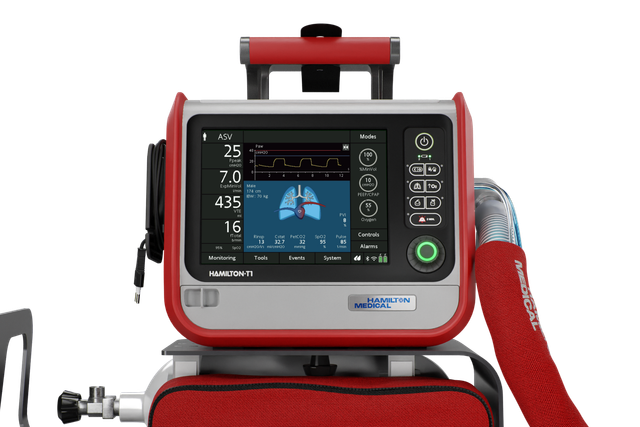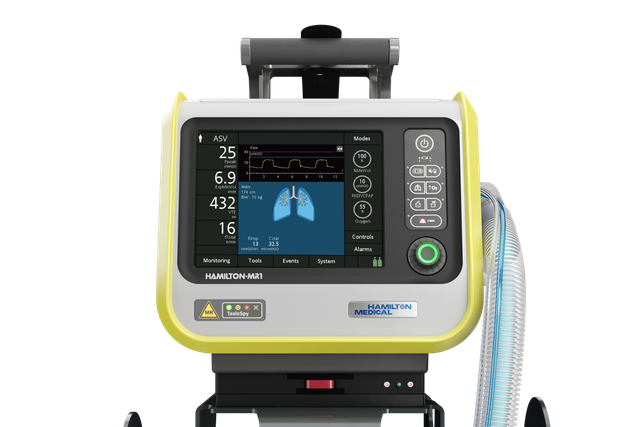
La nostra visione: un'unica interfaccia per usarli tutti
Che si utilizzi il dispositivo in terapia intensiva, nella sala per imaging RM o durante il trasporto, l'interfaccia di tutti i nostri ventilatori funziona allo stesso modo.
Il nostro Ventilation Cockpit visualizza dati complessi all'interno di viste intuitive.
L'ispirazione: rappresentare graficamente i dati più complessi
Uno studio ha rilevato che la sola visualizzazione dei valori numerici e delle curve non basta per sostenere in modo ottimale il lavoro dei medici (
Per il nostro Ventilation Cockpit abbiamo preso ispirazione dalle cabine di pilotaggio dei velivoli, che integrano dati complessi e li visualizzano in layout semplificati.
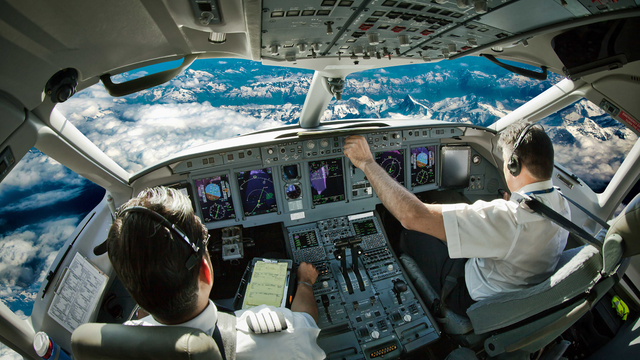
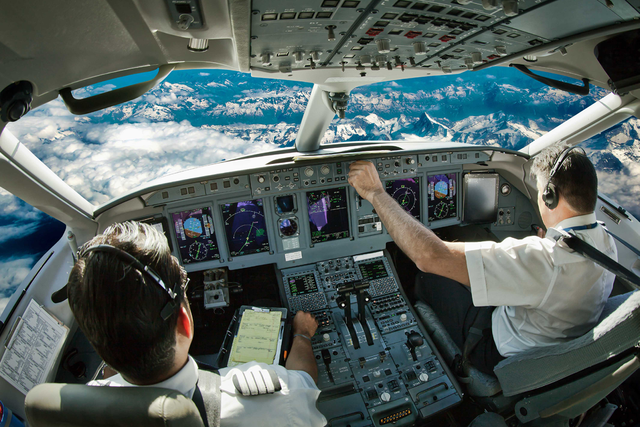
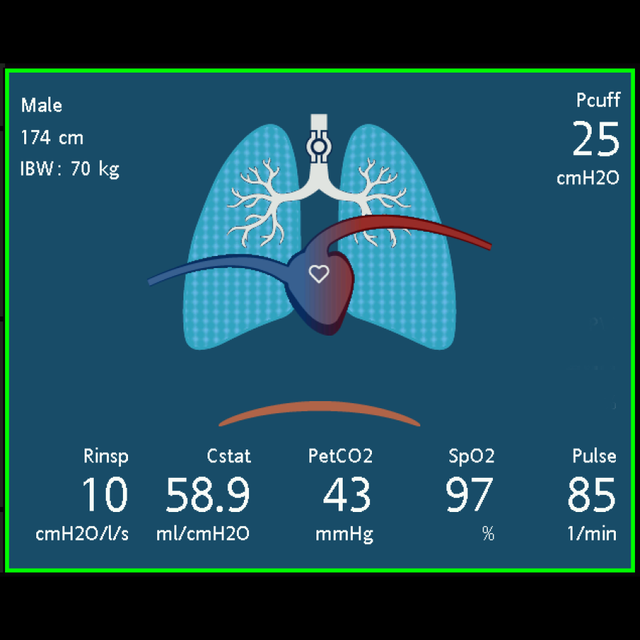
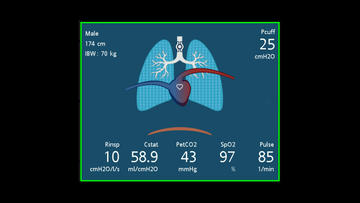
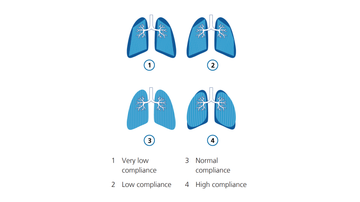
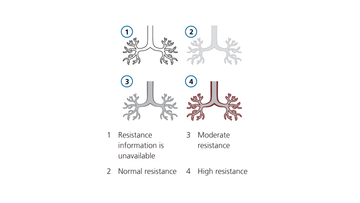
Poter vedere le condizioni dei polmoni vale più di mille parole
Il pannello Polmone Dinamico visualizza in tempo reale tutti i dati di monitoraggio elencati sotto. Se tutti i valori sono compresi in un range di normalità, il pannello è circondato da un riquadro verde.
I polmoni si espandono e si contraggono in sincrono con la respirazione effettiva, in base al segnale inviato dal sensore di flusso prossimale. Le dimensioni dei polmoni visualizzate si riferiscono alle dimensioni "normali" per l'altezza del paziente.
Il diagramma animato sotto ai polmoni mostra l'attività respiratoria spontanea del paziente.
Se il controller della pressione di cuffia integrato IntelliCuff (
L'albero bronchiale mostra la resistenza respiro per respiro in rapporto all'altezza del paziente. Il colore dell'albero bronchiale indica il grado di resistenza relativo.
È visualizzato anche il valore numerico.
La forma dei polmoni varia respiro per respiro insieme alla compliance (Cstat) valutata in rapporto all'altezza del paziente. È visualizzato anche il valore numerico.
Se l'opzione SpO2 (
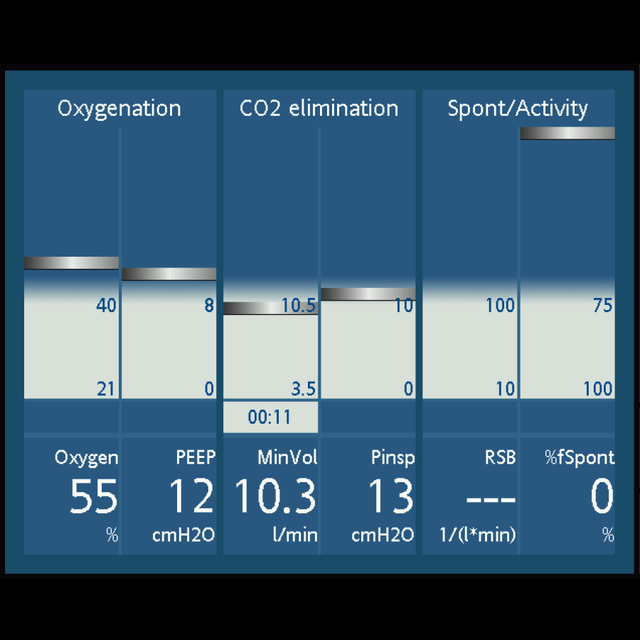
Tutti pronti per lo svezzamento? Il pannello StatoVent
Il pannello StatoVent visualizza sei parametri relativi alla dipendenza del paziente dal ventilatore, tra cui l'ossigenazione, l'eliminazione della CO2 e l'attività del paziente.
Un cursore fluttuante si sposta all'interno della colonna indicando il valore di un dato parametro respiro per respiro. Quando il cursore si trova nella zona grigia di svezzamento, si attiva un timer che indica da quanto tempo quel parametro si trova nella zona di svezzamento.
Quando tutti i valori rientrano nella zona di svezzamento, il pannello è circondato da un riquadro verde, per indicare la possibilità di condurre prove di respiro spontaneo o un'estubazione.

Cosa dicono i clienti
So per esperienza che il pannello PolmDin è davvero utile, perché non tutti riescono a interpretare sempre correttamente i valori numerici, soprattutto i terapisti alle prime armi. Ma comprendono al volo l'immagine.
Craig Jolly
Coordinatore formazione clinica
Centro medico universitario, Lubbock, Texas, USA
Disponibilità
Il Ventilation Cockpit è una funzione di serie su tutti i nostri ventilatori per la terapia intensiva.
Note
- A. Disponibile in versione integrata sui ventilatori HAMILTON‑C6/G5/S1 e come dispositivo autonomo per l'HAMILTON‑C3
- B. Non disponibile sul ventilatore HAMILTON‑MR1


